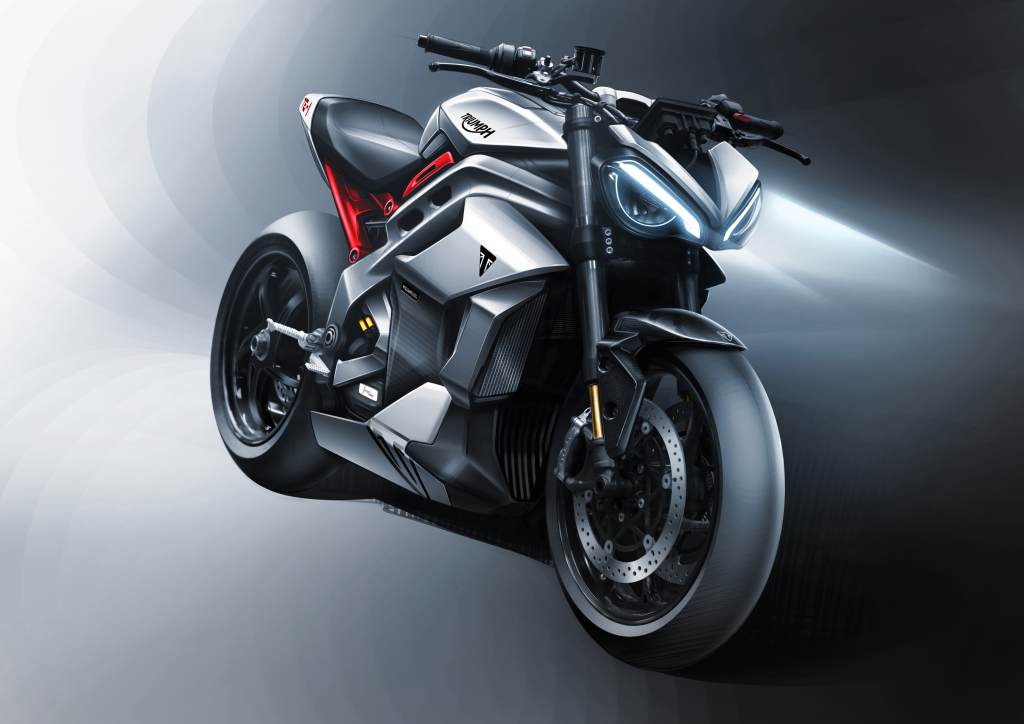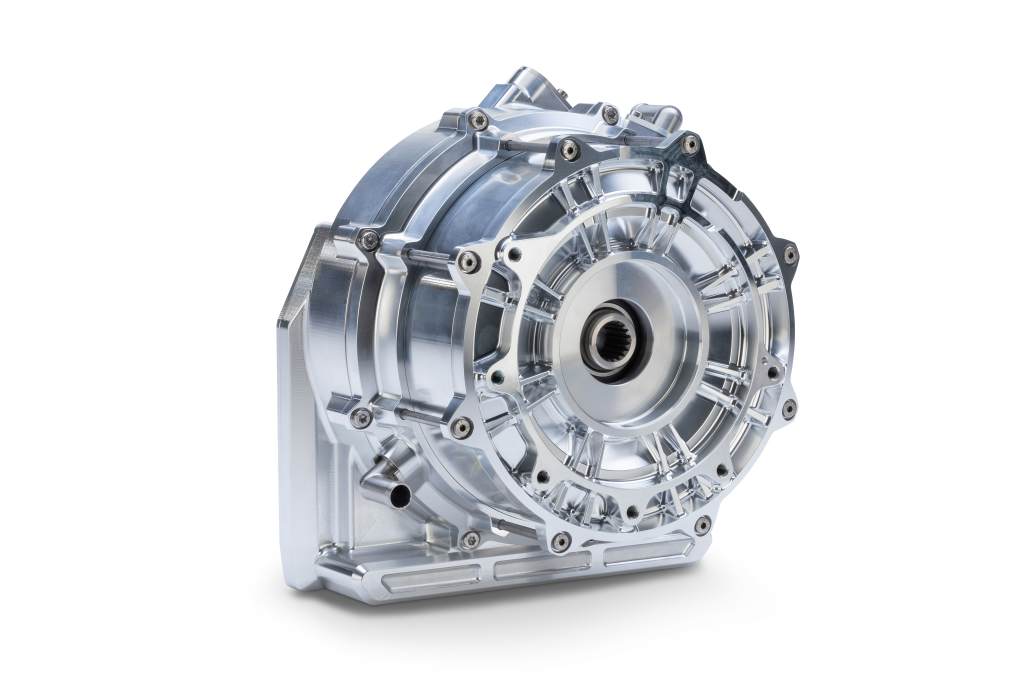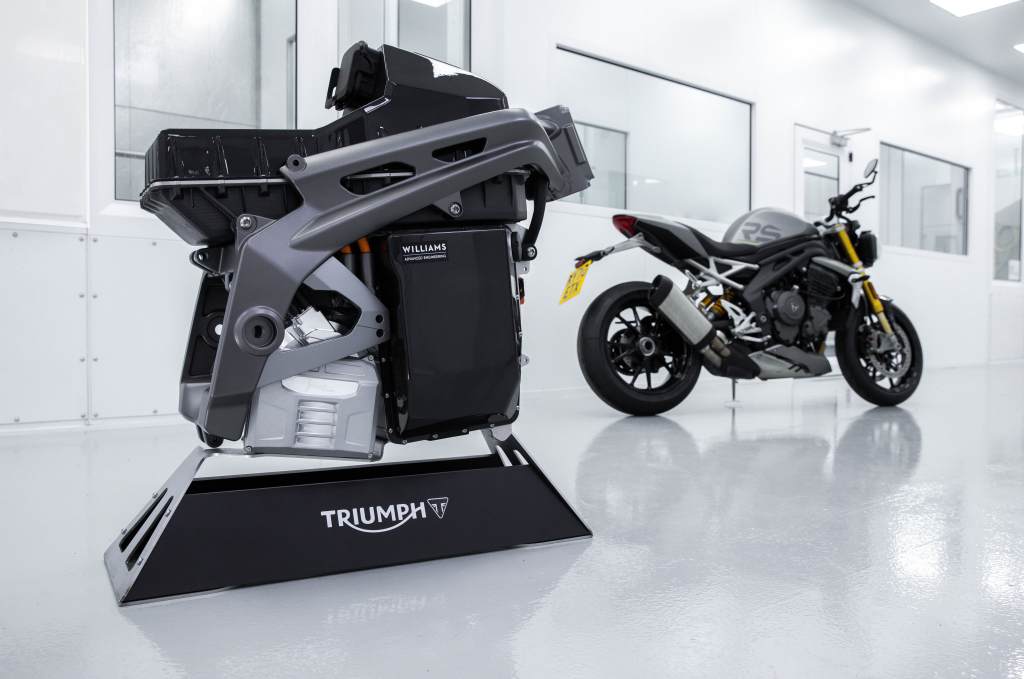For three years, the English manufacturer Triumph has been developing an electric motorcycle: the Triumph TE-1. A model that can be described as a motorcycle with all the laws thanks not only to its aggressive design, still in the conceptual phase, but also to a propulsion system and batteries that inherit Williams’ experience in the world of competition.
Triumph and Williams Advanced Engineering have teamed up to develop a battery specifically designed for this model, while Integral Powertrain will take care of the powertrain and controller.
The first component that has been presented has been the battery. According to Williams, it will be the pack with the best energy density on the market, and it has also been designed to balance the mass and positioning within the prototype chassis, taking into account the center of gravity, space, and the relationship with the system propulsion and approach to recharging.
In addition to the pack design, Triumph has developed a proprietary vehicle control unit integrated into the battery pack to minimize weight and packaging. In parallel, Williams has also created innovative battery management software to ensure that power is delivered relative to battery performance.
Unfortunately, at the moment, the brand has not given figures for the capacity of the battery. However, they have indicated in the press release that by using an integrated and lightweight solution, full power can be offered at any time (regardless of the load battery), plus it will give you what they have called “class-leading range.”
What is clear is that Triumph seeks to develop a high-performance electric motorcycle. For this, it will also have a motor and inverter system integrated into the same piece, which will allow them to reduce the mass and volume of the propulsion system—an inverter designed with silicon carbide that will enable you to achieve maximum efficiency while minimizing losses.
The result will be a more compact and lighter liquid-cooled engine than any other currently available on the market, also equipped with a power of 130 kW (180CV) and all in one piece weighing just 10 kilos. Something that frees up space in the chassis, too, for example, add larger capacity batteries.



